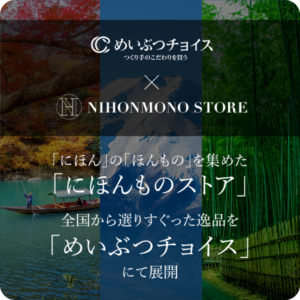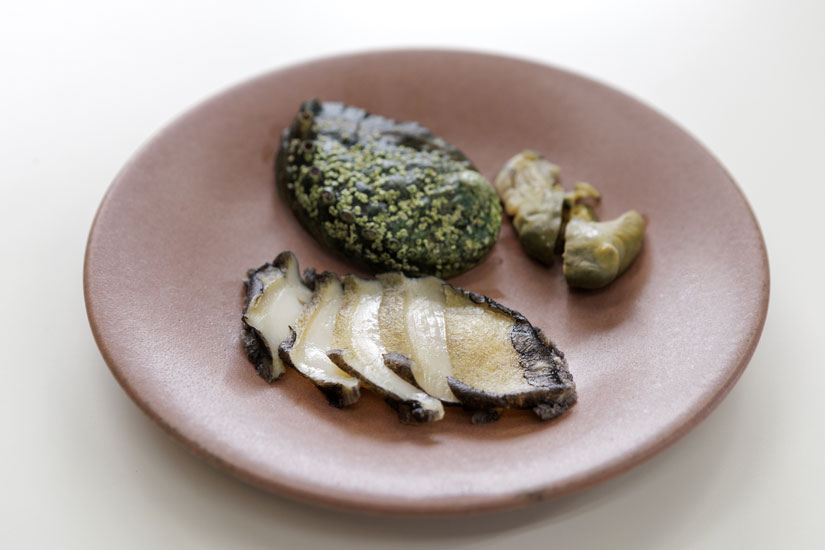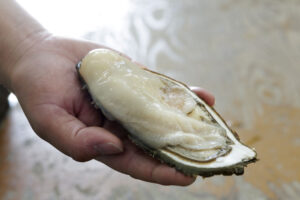Abalone is known as a high-end shellfish. In Iwate Prefecture, which boasts the largest catch of abalone in Japan, Gensho Ei Kitanihon Suisan has been engaged in land-based aquaculture for more than 40 years. The abalone, which is cultivated by devising unique water and feed, is named “Sanriku Jade Abalone” and branded as such. The abalone is characterized as “thick, tender, and tasty right down to the liver,” and has been well received by chefs and consumers.
Both natural and dried abalone are available. Iwate is famous for abalone
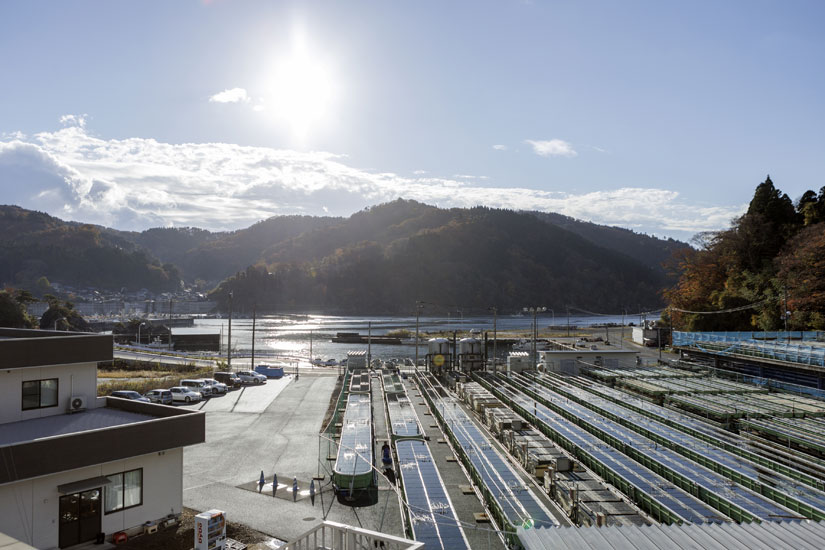
Abalone is a type of mollusk, of which there are about 70 species in the world. They are characterized by their crispy texture and are especially suitable for eating raw.
Iwate Prefecture, where Ezo abalone are caught, boasts the largest catch of wild abalone in Japan. The abalone grows slowly when the sea water temperature is low, but in the Sanriku region of Iwate Prefecture, the warm Oyashio Current flows in and stimulates the growth of the abalone, there is an abundance of seaweed such as kelp and wakame (seaweed is the food for abalone), and the fishing season is limited to two months from November to December to protect resources. Incidentally, since the Edo period, abalone caught in Yoshihama, Sanriku-cho, Ofunato City, in the prefecture had been dried and exported to China as “kippin-kampo” (dried abalone). In the Meiji period (1868-1912), the production method was improved, and the abalone was regarded as the world’s best quality in China.
Land-based aquaculture cultivates abalone with quality that rivals that of natural abalone.
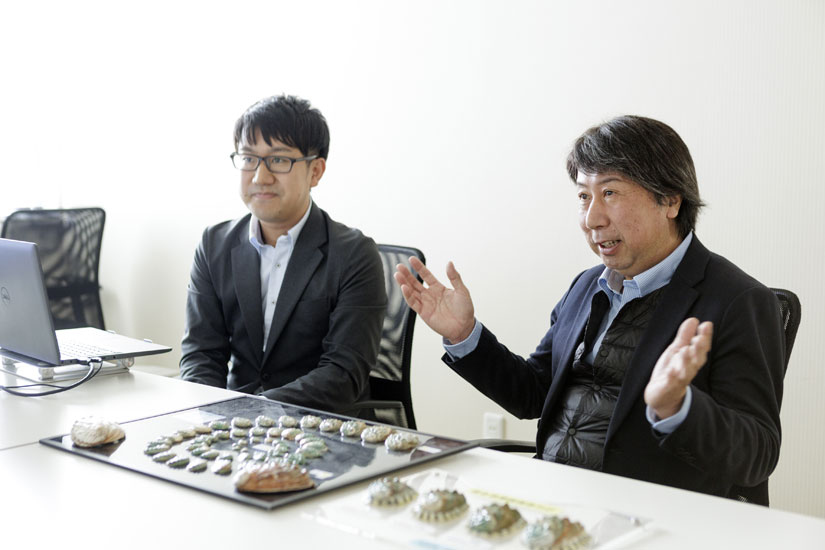
Founded in 1982, Motoshoei Kitanihon Suisan is engaged in land-based cultivation of abalone in Ofunato City, which has long been famous for its abalone production. Katsuhiro Furukawa, a local fisherman, originally took up the challenge of land-based abalone aquaculture because he was concerned that the catch of natural abalone was declining year by year. The cultivation method was a matter of trial and error, and even if he tried the same method as the previous year, the abalone did not grow in the same way. Furthermore, even after finally establishing the aquaculture method, it was difficult to brand the product and differentiate it from natural products, and the product did not sell as well as expected. The turning point came when he received support from a private organization that assists companies in the six Tohoku prefectures and Niigata Prefecture. After the Great East Japan Earthquake of 2011, the business has been taken over by his son, President Toshihiro, and grandson, Sales Manager Shota, who produce 1.2 to 1.3 million pieces per year. They produce 1.2 to 1.3 million pieces per year. The company produces 1.2 to 1.3 million pieces per year, which is said to be one of the highest production volumes for land-based aquaculture in Japan.
Why are abalone soft and tasty right down to the liver?
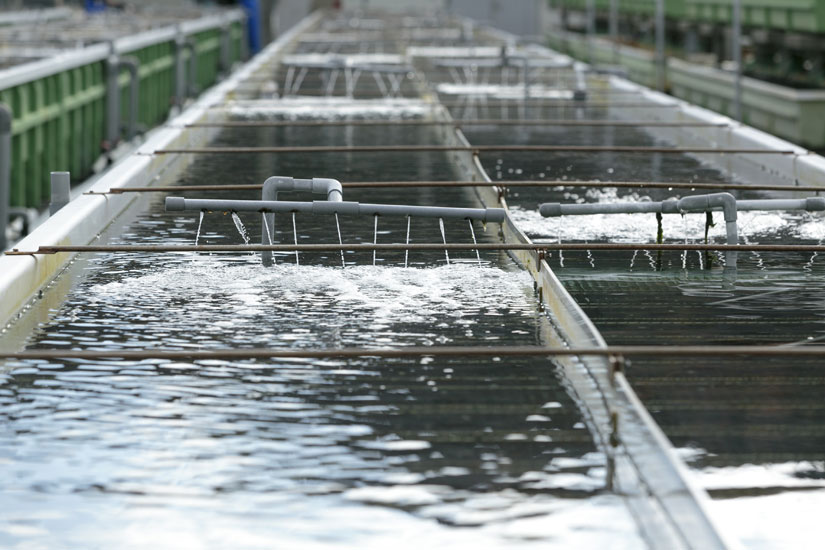
There are two ways of cultivating abalone: “sea cultivation,” in which abalone are raised in fishponds at sea, and “land cultivation,” in which abalone are raised in facilities on land. The former is the most common method in Japan because it is less expensive in terms of equipment and technology, but there is a risk of natural disasters such as typhoons and theft. The latter, on the other hand, is more costly in terms of equipment, etc., but the growing environment, including water quality and feed, can be controlled, and stable production is possible throughout the year. Shota explains the advantages of land-based aquaculture, “In particular, the fact that we know the history of the feed should give consumers peace of mind.
One of the key points of the company’s land-based aquaculture is that the fish are raised in “seawater that percolates underground. This is seawater that passes through the sandy layer of the seafloor, which acts as a “filtration system” to purify the water. The company pumps this water up, filters it further, and then spills it into aquaculture tanks 24 hours a day, 365 days a year, so the tanks are always filled with fresh water and are clean. When abalone eat food, they take in sand and dirt, which accumulate in their livers, but the water in the company’s tanks is clean and free of sand, which is why Sanriku Jade Abalone is “delicious right down to the liver.
Also, when abalone grow up in the ocean with currents, they are more active, their muscles develop, and their meat becomes tough. This is the reason why Sanriku jade abalone are described as “softer than natural ones.
Seaweed pigments give the shells a beautiful jade color.
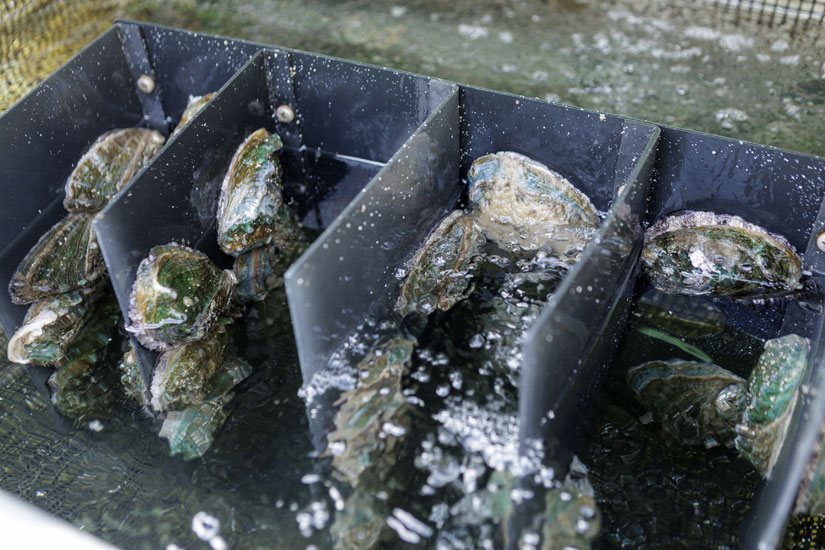
The second key point is the bait. In addition to seaweed, mainly kelp, the company also feeds the fish artificial feed in the form of pellets made from Japanese kelp powder, white fish powder, and other ingredients. Because most of the abalone currently available in Japan is produced in South Korea, Motomasauei Kitanihon Fisheries believes that, as long as it claims to be domestically produced, it should focus on high quality rather than production volume first. Believing that the quality of the abalone is directly related to the quality of the feed, the company uses completely additive-free feed to which no antibiotics or other substances are added. This resulted in abalone that are thick, tasty, and free of any unpleasant taste. Incidentally, the beautiful jade green color of the abalone’s shell, which is the origin of its name, is due to the coloring of the abundant kelp that is fed to the abalone. It is clearly different from natural abalone, which eat a variety of seaweed and have difficulty producing a green color in their shells. “Individual customers are pleased with the beauty and appearance of this product,” Shota proudly states.
Integrated production with in-house breeding and hatching
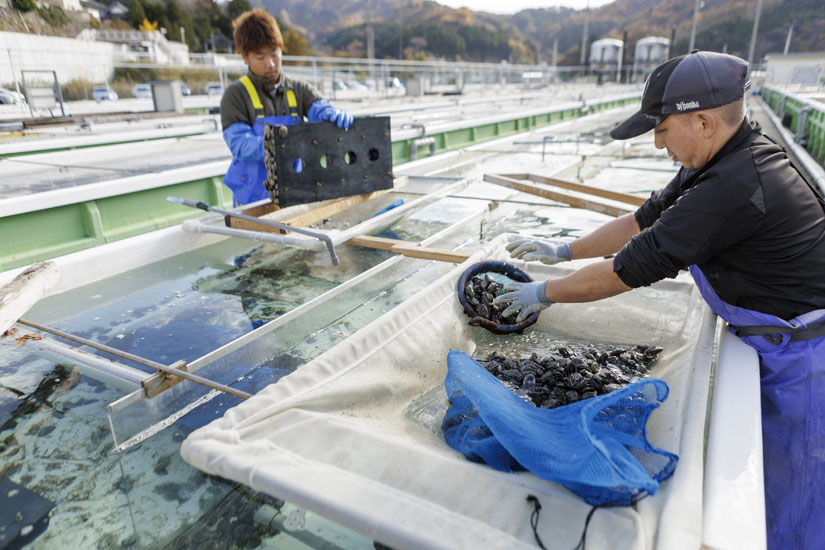
While many abalone farmers raise abalone from young, the company is unique in its integrated production process, in which it breeds and hatches abalone in-house. After hatching, the abalone are raised in a container with a “corrugated plate” with seaweed on it until they reach 7mm in length, after which they are kept in an aquarium and fed the aforementioned artificial feed. Although there are individual differences, abalone grow to 3 to 4 cm in one year, 5 to 6 cm in two years, 7 to 8 cm in three years, and 9 cm in four years. Incidentally, it takes five years for a natural abalone to grow to 7 cm, the size of an adult edible abalone, while the company’s abalone grows at a faster rate of three years. The main reason for this is that the company selects fast-growing abalone for breeding. Abalone that resemble their parents also grow fast, so even though they are not given growth hormones, they grow quickly. Furthermore, the company sells half of the 2 million larvae it hatches to local fishermen. The fishermen release them into the ocean and harvest the mature ones, thus helping to conserve resources.
The company’s main product is a three-year old abalone that measures 7 to 8 centimeters, but some customers want a different size, so the company sells the desired size in the desired quantity. Shota says that 90% of the abalone is shipped fresh to restaurants and hotels, and the rest is processed into “steam-frozen products” and shipped mainly to private customers.
Undeterred by forest fires, the company is working to revive the industry.
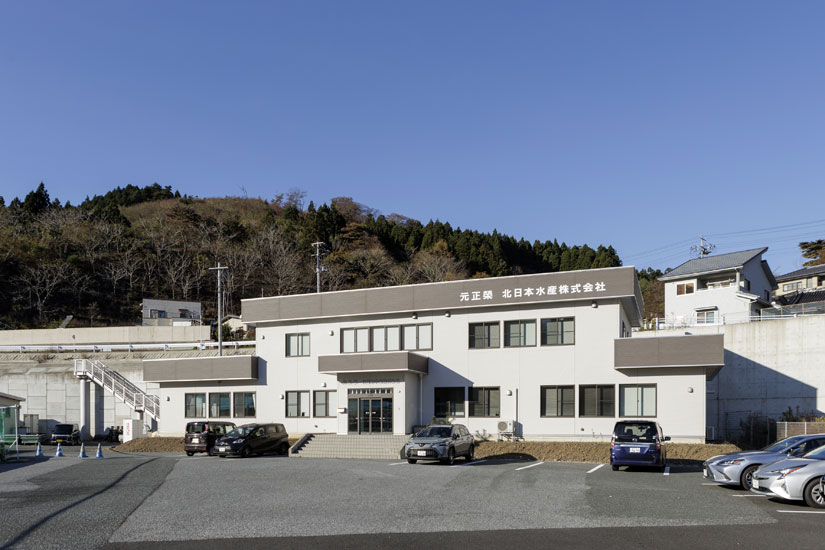
The rise in seawater temperature due to global warming over the past few years has made it easier for bacteria to proliferate in seawater, and the company is considering installing sterilization equipment and switching to “closed-circulation land aquaculture” to prevent abalone diseases caused by bacteria. The “closed-circulation land-based aquaculture” is a method of raising abalone by circulating artificial seawater in a tank, and has been under research and development for the past five years in cooperation with a major general contractor. This method eliminates the use of seawater containing bacteria and is also environmentally friendly since the water in the tank is no longer discharged into the sea by “pouring” it over the tank.
Just as such a new experiment was being planned, a forest fire in Ofunato City destroyed part of the company’s facilities in March of this year, wiping out the approximately 2.5 million abalone in the tank. The damage amounted to approximately 500 million yen. Even if the company resumes aquaculture with new equipment, it will take three years to grow the few remaining juvenile clams to a size where they can be shipped, and there will be no income during that time. Nevertheless, both Suehiro and Shota have not given up for the sake of their employees, customers, and the local community, and have even taken on the challenge of crowdfunding to rebuild their business. We will continue to wait and believe that the day will come when Sanriku jade abalone will once again be available on the market.
